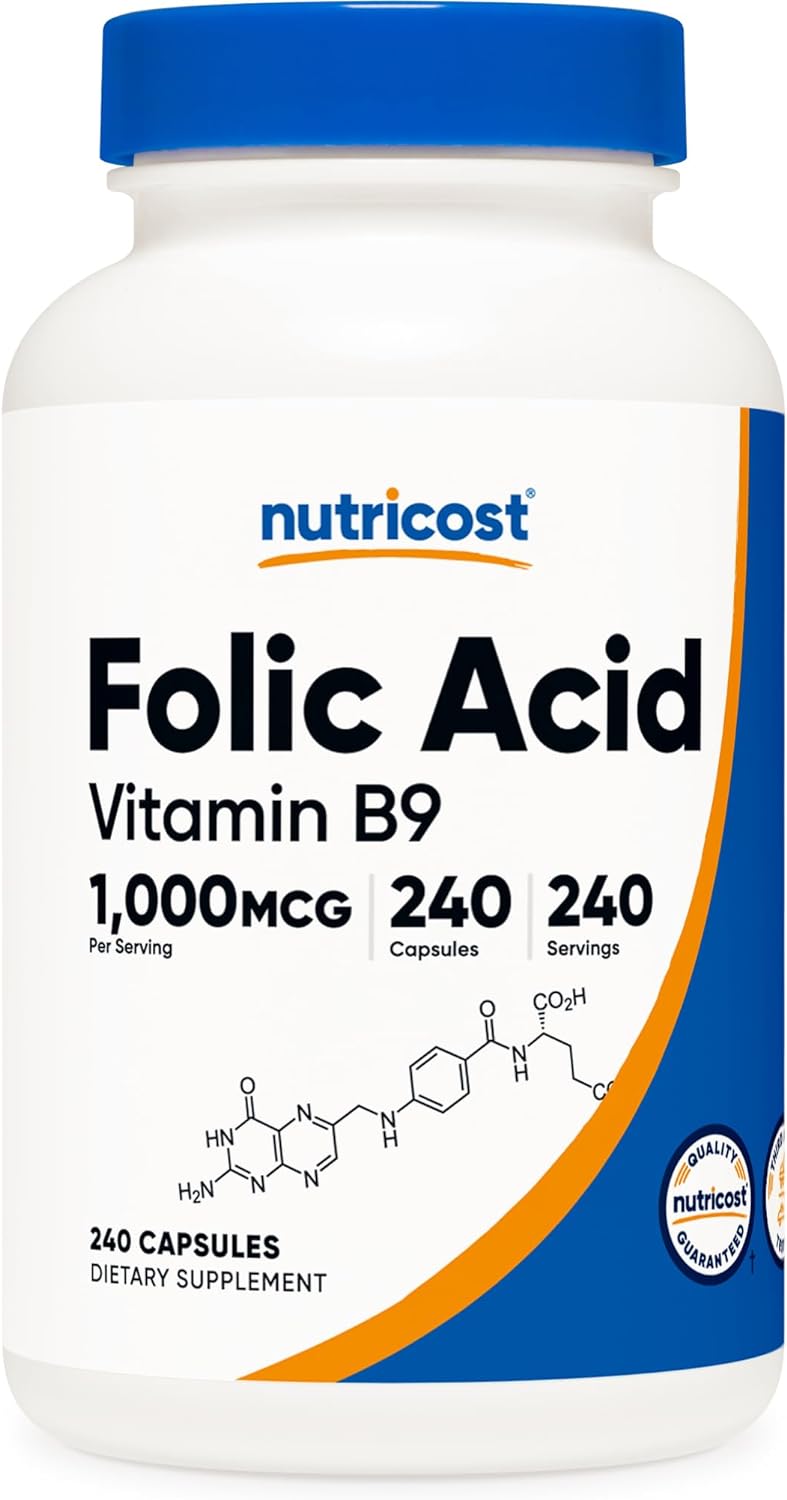Hereditary Nonspherocytic Hemolytic Anemia: Symptoms, Causes, Treatment
What are the symptoms of hereditary nonspherocytic hemolytic anemia?
Hereditary nonspherocytic hemolytic anemia (HNSHA) is a rare inherited disorder that affects the red blood cells, leading to their premature destruction. The symptoms of HNSHA can vary depending on the severity of the condition, but may include:
- Anemia: HNSHA can cause a low red blood cell count, leading to symptoms such as fatigue, weakness, and pale skin.
- Jaundice: The premature destruction of red blood cells can lead to an accumulation of bilirubin in the blood, causing yellowing of the skin and eyes (jaundice).
- Enlarged spleen: The spleen may become enlarged as it works to remove the damaged red blood cells from the bloodstream.
- Gallstones: The increased breakdown of red blood cells can lead to the formation of gallstones, which may cause pain and other symptoms.
- Pallor: Paleness of the skin, lips, and nail beds due to decreased red blood cells.
- Fatigue: Due to decreased oxygen-carrying capacity of the blood.
- Shortness of breath: Due to decreased oxygen-carrying capacity of the blood.
- Increased heart rate: The heart may need to work harder to compensate for the decreased oxygen-carrying capacity of the blood.
- Growth and development issues: In severe cases, HNSHA can affect growth and development, especially in children.
It’s important to note that these symptoms can be caused by other conditions as well, so it’s important to see a healthcare provider for a proper evaluation and diagnosis if you experience any of these symptoms.
What are the causes of hereditary nonspherocytic hemolytic anemia?
Hereditary nonspherocytic hemolytic anemia (HNSHA) is caused by genetic mutations that affect the structure or function of red blood cells, leading to their premature destruction. There are several genetic mutations that can cause HNSHA, including mutations in genes that encode for enzymes or proteins involved in the production, structure, or function of red blood cells. Some of the specific causes of HNSHA include:
- Glucose-6-phosphate dehydrogenase (G6PD) deficiency: G6PD is an enzyme that helps protect red blood cells from damage caused by certain substances, such as oxidative stress. Deficiency of this enzyme can lead to the premature destruction of red blood cells, resulting in hemolytic anemia.
- Pyruvate kinase (PK) deficiency: PK is an enzyme that plays a key role in the energy production of red blood cells. Deficiency of this enzyme can lead to the accumulation of damaged red blood cells, leading to hemolytic anemia.
- Spherocytosis-related mutations: Mutations in genes such as ANK1, SPTB, SLC4A1, and EPB42 can lead to the production of abnormally shaped red blood cells (spherocytes), which are more prone to premature destruction, leading to hemolytic anemia.
- Other enzyme deficiencies: Mutations in genes encoding for enzymes such as hexokinase, phosphofructokinase, and triosephosphate isomerase can also lead to hemolytic anemia.
- Membrane protein defects: Mutations in genes encoding for proteins that are important for the structure and function of red blood cell membranes can lead to hemolytic anemia. Examples include mutations in the genes encoding for spectrin, ankyrin, band 3, and protein 4.2.
HNSHA is typically inherited in an autosomal recessive manner, meaning that a person must inherit two copies of the mutated gene (one from each parent) to develop the condition. However, in some cases, HNSHA may be inherited in an autosomal dominant manner, meaning that a person only needs to inherit one copy of the mutated gene to develop the condition.
What is the treatment for hereditary nonspherocytic hemolytic anemia?
The treatment for hereditary nonspherocytic hemolytic anemia (HNSHA) aims to manage the symptoms and complications of the condition. The specific treatment approach may vary depending on the underlying cause of HNSHA and the severity of the symptoms. Some common treatment options for HNSHA include:
- Blood transfusions: In cases of severe anemia, blood transfusions may be necessary to replace the damaged red blood cells and improve oxygen delivery to the body’s tissues.
- Folic acid supplementation: Folic acid (vitamin B9) supplementation is often recommended to help support red blood cell production and prevent deficiency, which can worsen anemia.
- Avoidance of triggers: For individuals with G6PD deficiency, avoiding triggers that can cause oxidative stress, such as certain medications, foods, and infections, is important to prevent episodes of hemolysis.
- Treatment of complications: Complications of HNSHA, such as gallstones or iron overload, may require additional treatment. Gallstones may be treated with medication or surgery, while iron overload may be managed with chelation therapy to remove excess iron from the body.
- Genetic counseling: For individuals with a family history of HNSHA, genetic counseling may be recommended to assess the risk of passing the condition on to future generations and to discuss available testing and reproductive options.
- Supportive care: Supportive care measures, such as adequate hydration, a healthy diet, and regular physical activity, can help manage symptoms and improve overall health and well-being.
It’s important for individuals with HNSHA to work closely with a healthcare team, which may include hematologists, genetic counselors, and other specialists, to develop a comprehensive treatment plan tailored to their specific needs. Regular monitoring and follow-up are also important to assess the response to treatment and manage any complications that may arise.




